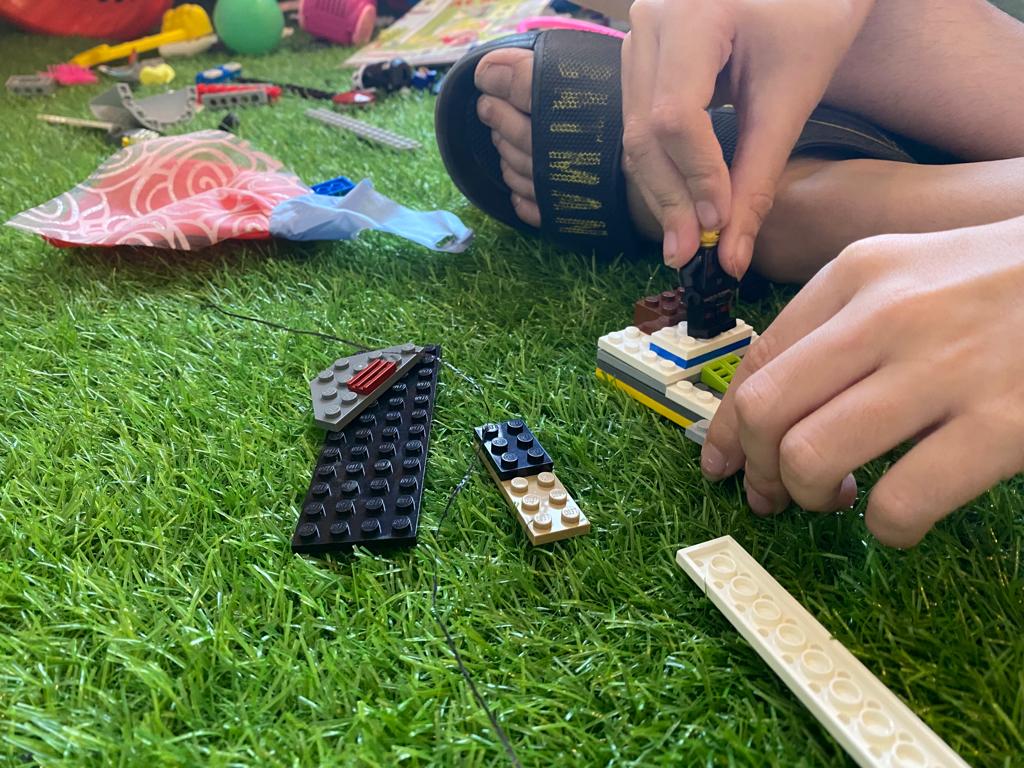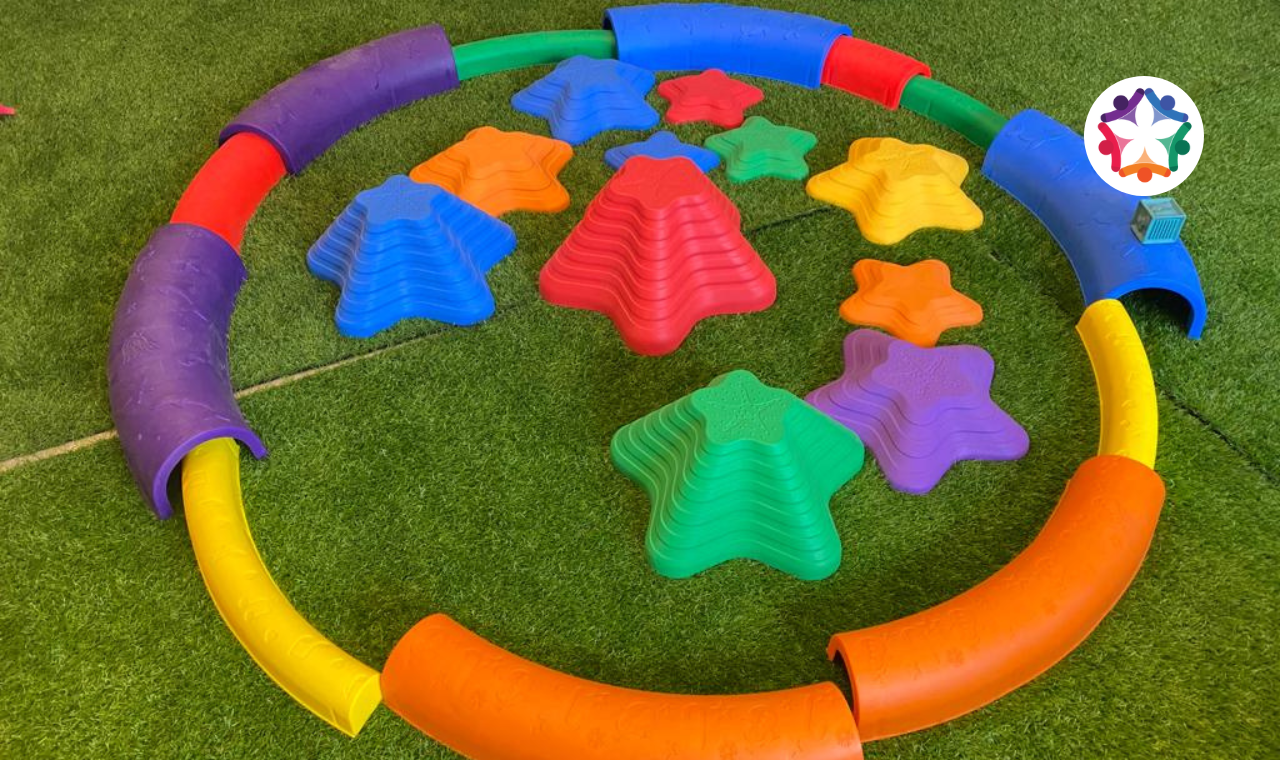Occupational Therapy: A Helping Hand for Kids with Autism
What is Occupational Therapy?
Occupational therapy (OT) is a healthcare profession that helps people of all ages participate in the activities they want and need to do through the therapeutic use of everyday activities (occupations). OT practitioners use their knowledge and skills to help people attain a better lifestyle and participate in meaningful occupations in their homes, school, work, and community.
Why Kids with Autism Need Occupational Therapy
Children with autism spectrum disorder (ASD) may often have poor fine and gross motor skills. They may also have a host of sensory issues. Children with autism can benefit from occupational therapy in a variety of ways. OT can help kids with ASD to:
- Improve their fine motor skills, which can help them become independent in everyday tasks such as eating, dressing, and writing.
- Improve their gross motor skills, which can help them with running, jumping, and climbing tasks.
- Develop social skills to help them interact with others and make friends.
- Communicate more effectively, both verbally and nonverbally.
- Manage their sensory sensitivities, which can help them feel more comfortable in their environment.
- Learn new skills, such as how to use a computer or how to play a sport.
- Participate in activities they enjoy, such as art, music, or sports.
- Improve their attention span.
- Develop Bilateral coordination, hand-eye coordination and mid-line orientation.
- Strengthen their core bodies
- Achieve as much independence in daily tasks as possible.
How Does Occupational Therapy Work?
OT practitioners or occupational therapists use various methods to help kids with ASD. These methods may include:
- Individual therapy, in which the OT practitioner works one-on-one with the child.
- Group therapy – the OT practitioner works with a small group of children.
- Family therapy – the OT practitioner works with the child and their family to help them understand the child’s needs and how to support them.
- Environmental modifications, in which the OT practitioner changes the child’s environment to make it more accessible and comfortable for them.
- Assistive technology, in which the OT practitioner provides the child with tools and devices to help them participate in activities.
The Benefits of Occupational Therapy for Kids with Autism
OT can provide a number of benefits for kids with ASD, including:
- Improved ability to participate in daily activities.
- Improved social skills.
- Improved communication skills.
- Reduced sensory sensitivities.
- Increased independence.
- Increased self-confidence.

Child playing with a lego set – this helps develop and improve fine motor skills
Here are some additional details about how OT can help kids with autism:
Fine Motor Skills
Kids with autism often have difficulty with fine motor skills, which can make it hard for them to do things like button their shirts, tie their shoes, or use utensils. OT can help kids with autism improve their fine motor skills through activities like playing with clay, stringing beads, or using puzzles.
Gross Motor Skills
Some kids with autism also have difficulty with gross motor skills, which can make it hard for them to run, jump, or climb. OT can help kids with autism improve their gross motor skills through activities like playing tag, going for walks, or swimming.
Social Skills
Kids with autism often have difficulty interacting with others and making friends. OT can help kids with autism improve their social skills through activities like playing games, role-playing, or practising conversation skills.
Communication Skills
Some kids with autism have difficulty communicating verbally. OT can help kids with autism improve their communication skills through activities like using sign language, picture cards, or augmentative and alternative communication (AAC) devices.
Sensory Sensitivities
Many kids with autism have sensory sensitivities, which means they are either overly sensitive or insensitive to certain sensations (lights, sounds, fabrics and more). OT can help kids with autism manage their sensory sensitivities through activities like using weighted toys and blankets, wearing noise-canceling headphones, or practising deep breathing exercises.
Learning New Skills
OT can also help kids with autism learn new skills, such as using a computer or playing a sport. OT can provide kids with autism with the tools and resources they need to succeed in school, at work, and in their communities.
How to Find an Occupational Therapist
You can talk to their paediatrician or another healthcare professional if your child requires occupational therapy. They may be able to identify issues and refer your child to an occupational therapist. Before visiting an occupational therapist, parents must ensure they are qualified and can work with children with unique needs.
About the Author:
Ayesha Ikram is a certified Occupational Therapist. With over 15 years of experience, Ayesha is a highly dedicated and committed professional. She has worked with prestigious public and private organizations within her field.





Leave a Reply